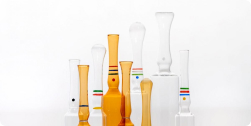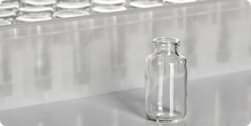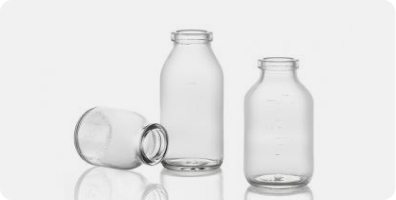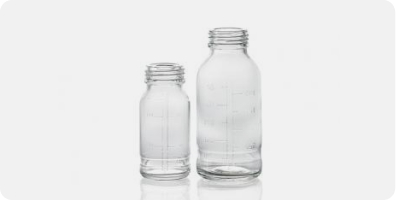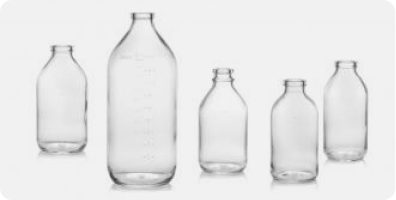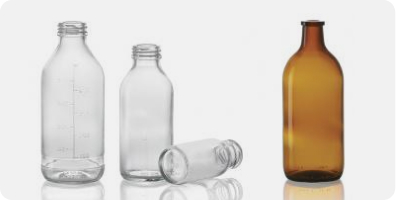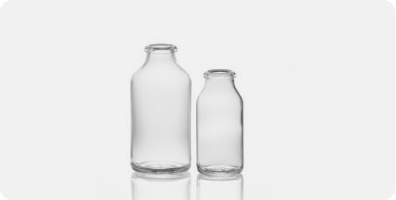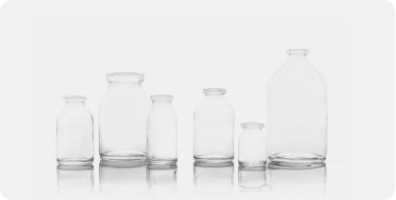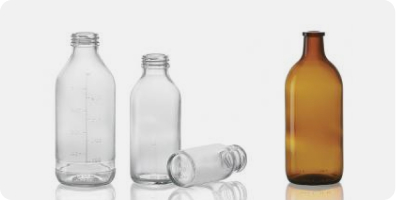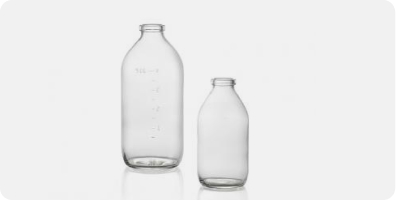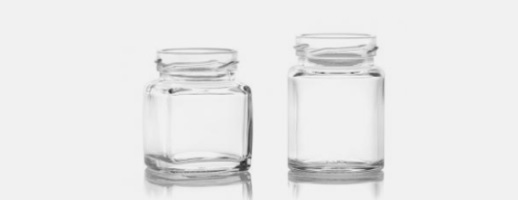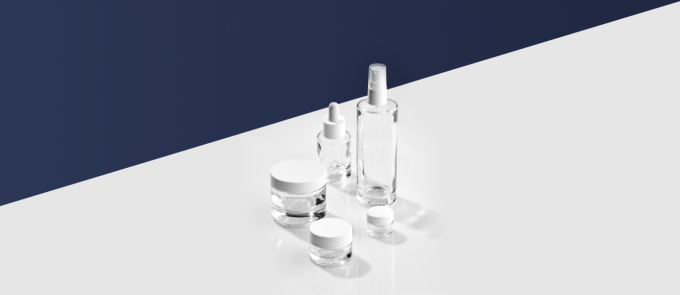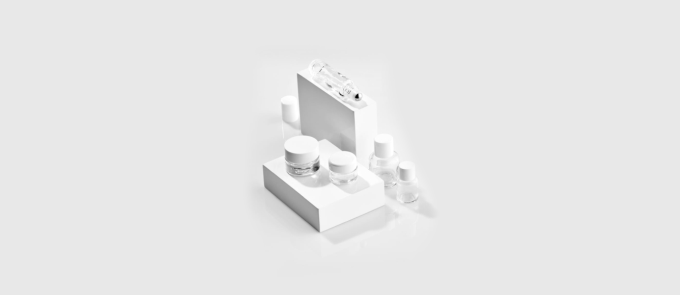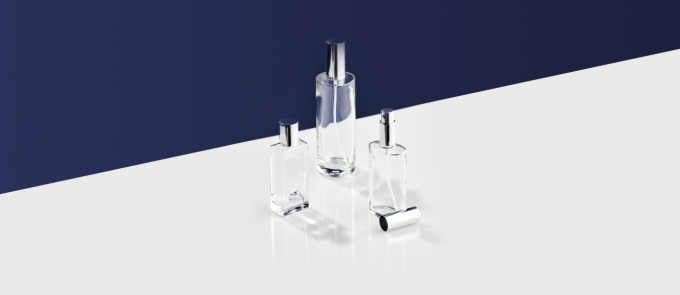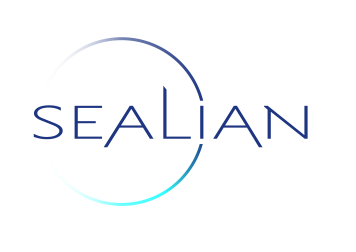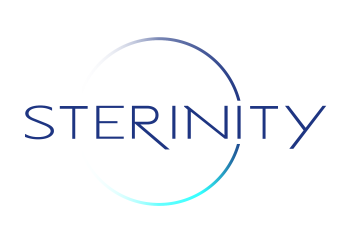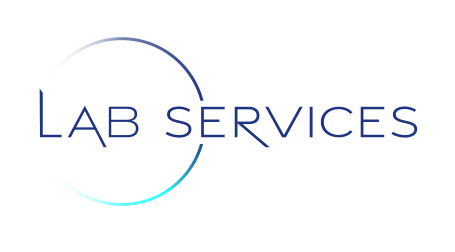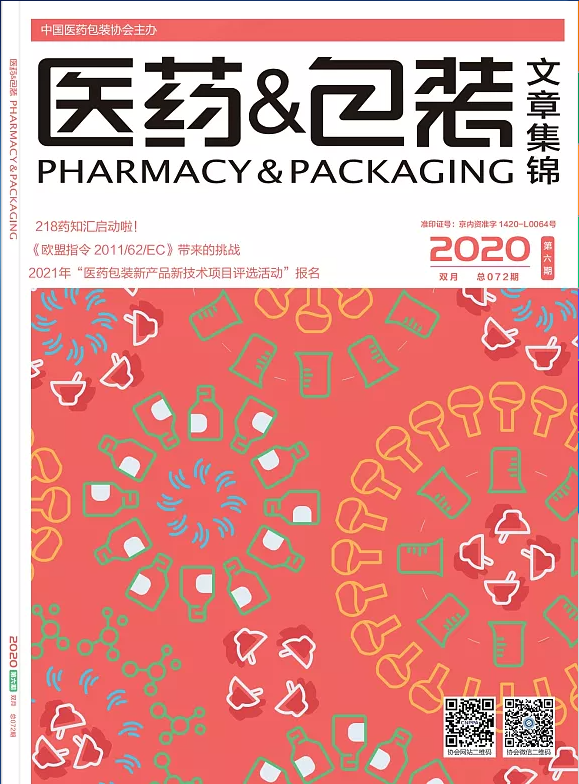
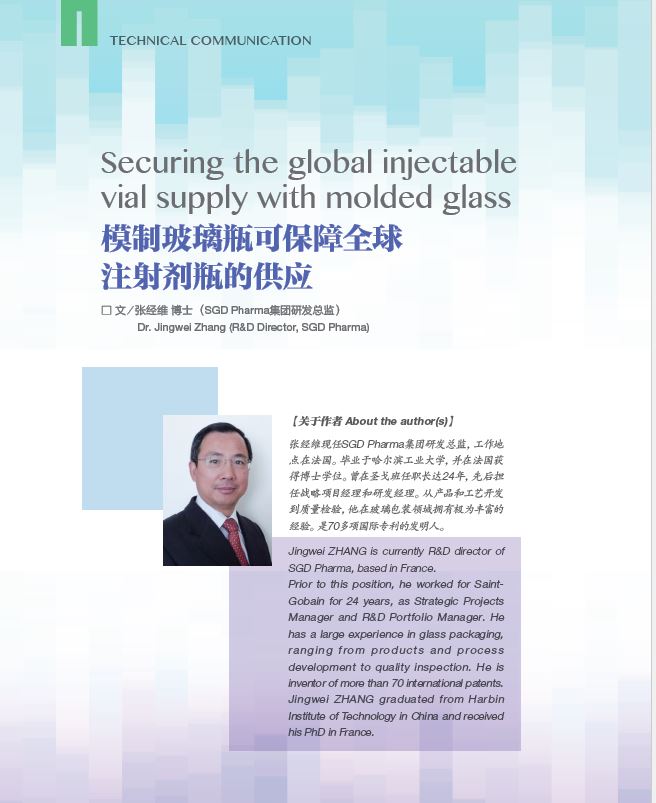 Securing the global injectable vial supply with molded glass
Securing the global injectable vial supply with molded glass
Source: Pharmacy & Packaging - December 2020
Jingwei ZHANG is currently R&D director of SGD Pharma, based in France. Prior to this position, he worked for Saint-Gobain for 24 years, as Strategic Projects Manager and R&D Portfolio Manager. He has a large experience in glass packaging, ranging f rom produc ts and proc e s s development to quality inspection. He is inventor of more than 70 international patents. Jingwei ZHANG graduated from Harbin Institute of Technology in China and received his PhD in France.
Glass continues to be the most widely used type of primary container for parenteral drug products, offering better thermal stability for the purpose of sterilization, transparency, impermeability, excellent barrier properties, chemical resistance, regulatory acceptance, and environmental impact. In 2018, parenterals accounted for 32% (by volume) of the global drug market, and the segment’s growth has been attributed to the increase in development of biologics and complex active pharmaceutical ingredients (APIs), which in turn is being driven by the rising prevalence of chronic illnesses across the globe, such as cancer, cardiovascular diseases, and diabetes.
As a result of the focus on parenteral drug development, the parenteral packaging sector is expected to experience considerable revenue growth at a compound annual growth rate (CAGR) of 11.14% by the end of 2024. At the same time, there is an increasing pressure on regulatory bodies to better control the contamination risk of aseptic fill-finish operations, as well as ensuring that the global injectable vial supply can meet surges in demand, for example resulting from the development of a COVID-19 vaccine.
Read the full article here (page 18 to 24).

